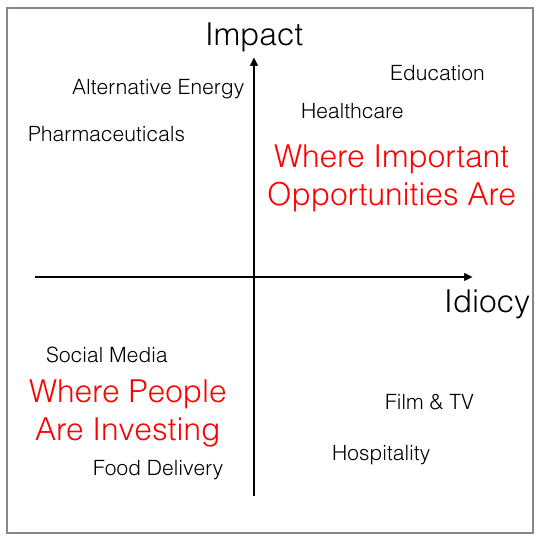These days, I do the majority of my workouts at the Columbus Circle location of a high-end gym chain.
There, I almost always overlap with another member, a skeletally thin brunette, who spends hours and hours each day treading slowly on an elliptical machine.
I’d say she’s about 45 years old, roughly 5’8″, and (based on my useless carnival-booth talent for weight guessing) about 100 pounds.
By any estimate, her BMI is floating under 16, in the range of severe (and eventually lethal) anorexia.
Yet, each day, the front desk staff signs her in. Each day, all of the trainers watch her slowly elliptical herself to death. And, apparently, nobody says anything.
Sure, it’s easier not to rock the boat. Sure, every employee of the gym rationalizes that it’s “not their business”.
Except, I think, that it is.
The kinds of gyms I’ve run have focused on building functional strength and fitness. The specter of potential muscle gain being anathema to anyone hell-bent on losing as much weight as possible at any cost, I’ve never had to deal professionally with a severely anorexic member myself.
But I have had to intervene in parallel kinds of situations, refunding memberships to people who I thought were doing themselves more harm than good by showing up for class.
A gym should be, first and foremost, about health. And a well-managed one needs to put its members safety above its own bottom line, even if that means occasional uncomfortable conversations or lost short-term revenue. It’s disappointing to see this gym, which is otherwise held in rightly high esteem, failing to live up to that standard.

